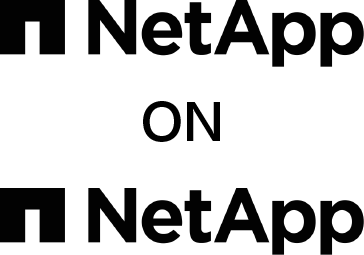How NetApp IT Manages the Storage Lifecycle
By Peter Han and David Tanigawa
Managing storage throughout its lifecycle provides multiple unique challenges. A single, end-to-end solution is difficult to establish because of the sheer amount of variables. From legacy systems to incompatible operating systems to significant outages, managing and upgrading storage in an enterprise environment is not easy.
For NetApp IT, this means supporting over 100PB of data that support over 350 unique applications. A major enterprise organization like ours means finding the best location for applications, where they’ll be kept secure, for the lowest cost. That’s easier said than done.
FAST pass
Storage upgrades need structure and repeatable processes. In response to this requirement, NetApp IT created the First Applications Systems Testing (FAST) program to manage storage lifecycles. It allows NetApp IT to improve application performance, streamline storage upgrades, and create new applications. It includes core NetApp products like ONTAP and StorageGRID.
FAST breaks down product releases into two paths: release candidates, which are almost ready for use, save for major bugs, and general availability, which are ready for customer use. Each go through a four-step process:
– Lab – Product candidates are placed in our lab environment and tested for one week to determine code stability.
– Backup – The product is tested against a backup copy of the production environment for another week
– Sub-Production – Full clusters are created in the sub-production environment, where it is monitored for two weeks
– Production – Only general availability products are moved into production
We’re always concerned with service disruptions or outages. To avoid these, we work closely with the application owners to ensure the smoothest path. We use NetApp Active IQ and Active IQ Config Advisor, among others, to perform pre-upgrade checks and monitor for hardware failures or incompatibilities during the testing process.
Starting ONTAP upgrades
ONTAP is core to much of what NetApp IT does and upgrades to it must be done with special consideration. Before any upgrade is done, we ensure that the release:
– Works on all hardware it touches
– Any identified hardware issues are resolved
– ONTAP properly works with other programs, like SnapMirror
– Cluster switches and reference configuration files properly work
– All monitoring tools are properly configured to identify issues
– Any third-party software operates properly
Ending with successful ONTAP upgrades
In our experiences, a successful ONTAP upgrade includes strong processes, collaboration, and data checks. It starts with an accurate view of your foundation. What hardware and software are you using and are there any known issues with either? Work closely with application and infrastructure teams to understand their needs and the unique challenges each have. Finally, maintaining organized and repeatable processes will help ensure success and instill confidence in your team and lead to smoother and more successful storage management.
For more information, read our white paper, “Managing Large-Scale Storage Upgrades.”
About the Authors
Peter Han is a Senior IT Project Manager with NetApp, managing NetApp IT’s role as “Customer One.”
David Tanigawa is a Senior Storage Engineer with NetApp and manages the storage lifecycle for NetApp IT.


